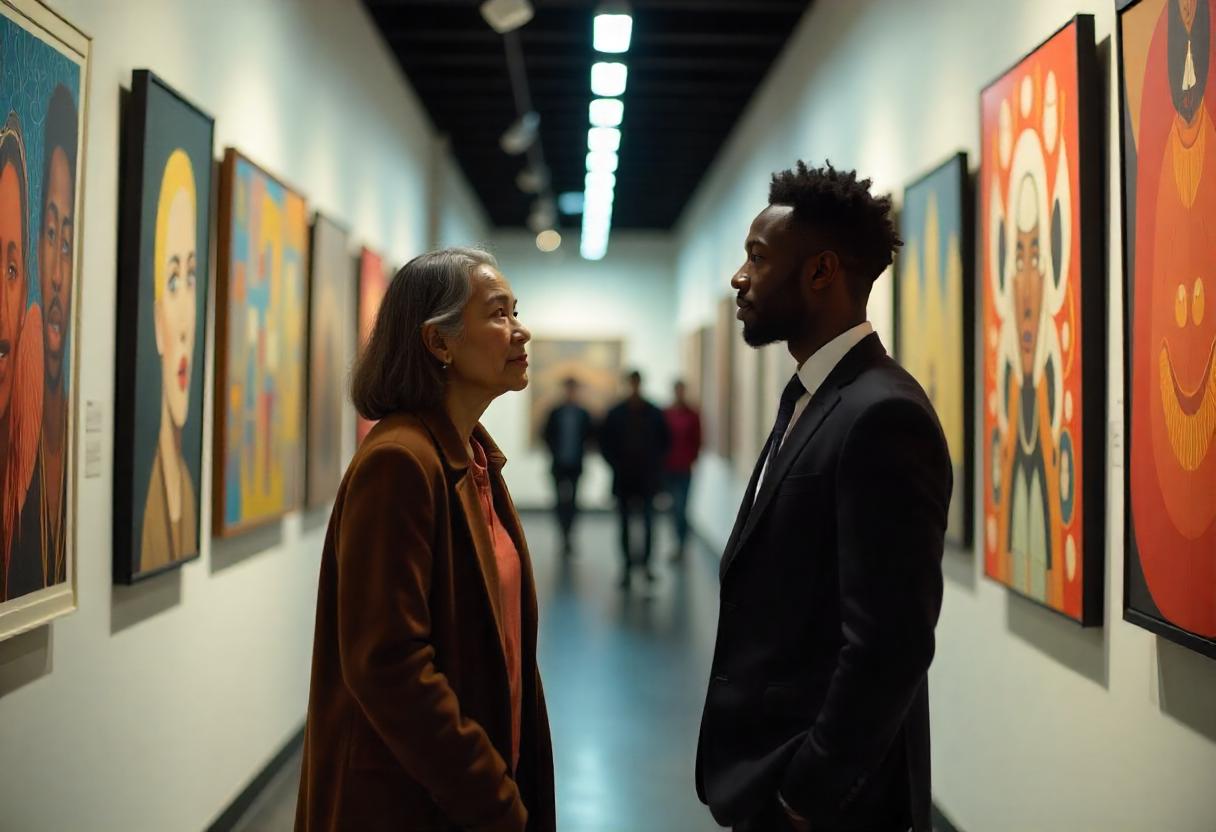
Modern art, a revolutionary movement that emerged in the late 19th and early 20th centuries, challenged traditional artistic conventions and paved the way for countless innovative styles. This period saw a radical shift in artistic expression, with artists breaking away from the constraints of realism and exploring new ways of representing the world.

Let’s delve into some of the most influential modern art movements:
Impressionism
Impressionism, a movement that originated in France during the late 19th century, emphasized the fleeting effects of light and color. Impressionist artists, such as Claude Monet, Pierre-Auguste Renoir, and Edgar Degas, sought to capture the immediate sensory experience of a scene, often painting outdoors (en plein air).
Key characteristics of Impressionism:
- Focus on light and color: Impressionists used short, brushstrokes to capture the interplay of light and shadow.
- Emphasis on the immediate sensory experience: They aimed to capture the fleeting moments of everyday life.
- Loose and spontaneous brushwork: Impressionists often applied paint directly to the canvas, creating a sense of immediacy and spontaneity.
Cubism
Cubism, pioneered by Pablo Picasso and Georges Braque, revolutionized the way artists perceived and represented reality. Cubist artists broke down objects into geometric shapes and reassembled them in a fragmented and abstracted manner.
Key characteristics of Cubism:
- Fragmentation of form: Objects are broken down into geometric shapes, such as cubes, spheres, and cones.
- Multiple perspectives: Cubist paintings often show multiple viewpoints of a subject simultaneously.
- Flat, two-dimensional space: Cubists rejected traditional perspective and depth.
Abstract Expressionism
Abstract Expressionism, a significant American art movement of the mid-20th century, emphasized spontaneous expression and the subconscious. Abstract Expressionist artists, such as Jackson Pollock, Mark Rothko, and Willem de Kooning, created large-scale, abstract paintings that conveyed raw emotion and psychological depth.
Key characteristics of Abstract Expressionism:
- Emphasis on the subconscious: Artists often tapped into their subconscious to create spontaneous and expressive works.
- Large-scale canvases: Abstract Expressionist paintings are often monumental in size.
- Expressive brushwork and gesture: Artists used bold, energetic brushstrokes to convey emotion and energy.
Other Notable Modern Art Movements
- Fauvism: A movement characterized by the use of bold, non-naturalistic colors.
- Futurism: A movement that celebrated speed, technology, and the dynamism of modern life.
- Dada: A movement that challenged traditional notions of art and embraced absurdity and chaos.
- Surrealism: A movement that explored the unconscious mind and the world of dreams.
The Legacy of Modern Art Modern art movements continue to influence contemporary art practices. By pushing the boundaries of artistic expression, these movements have shaped our understanding of art and its potential to challenge, inspire, and provoke thought.
As you explore the world of modern art, remember to embrace its diversity, experiment with different styles, and let your creativity soar.

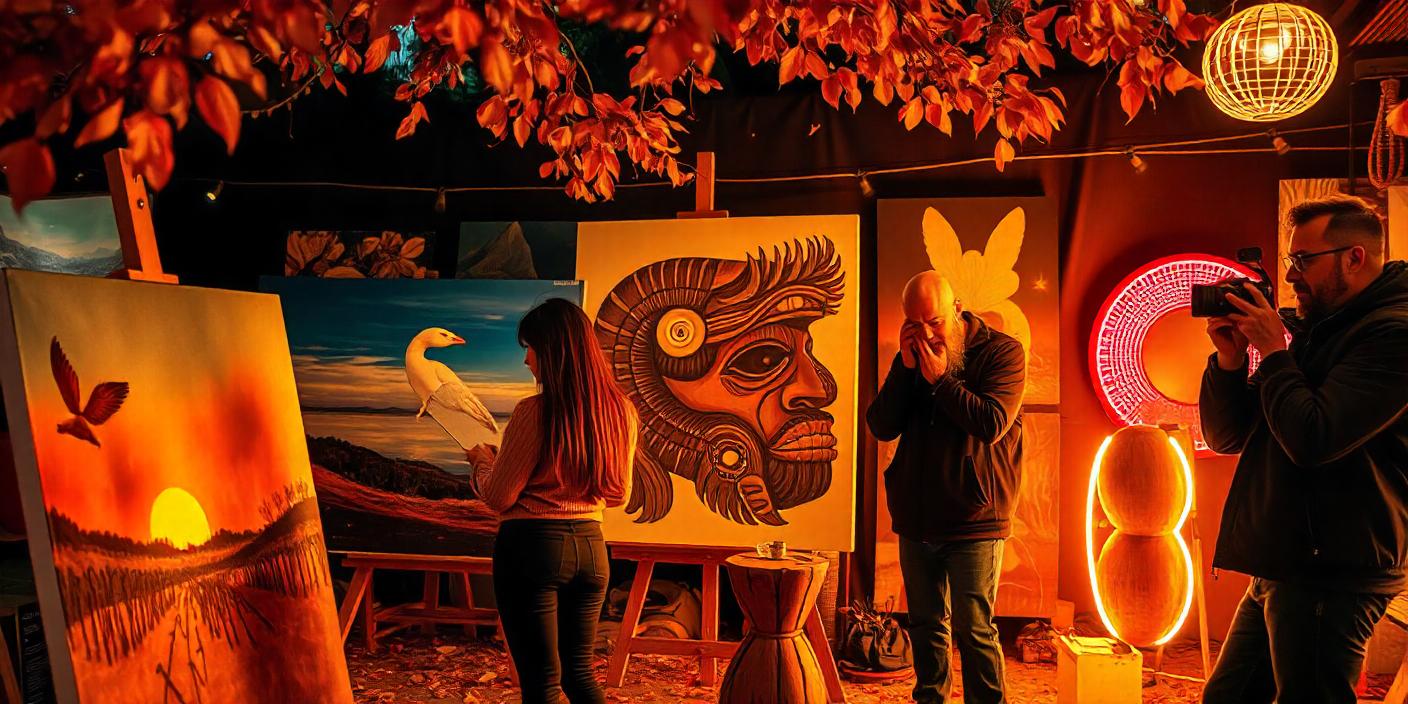


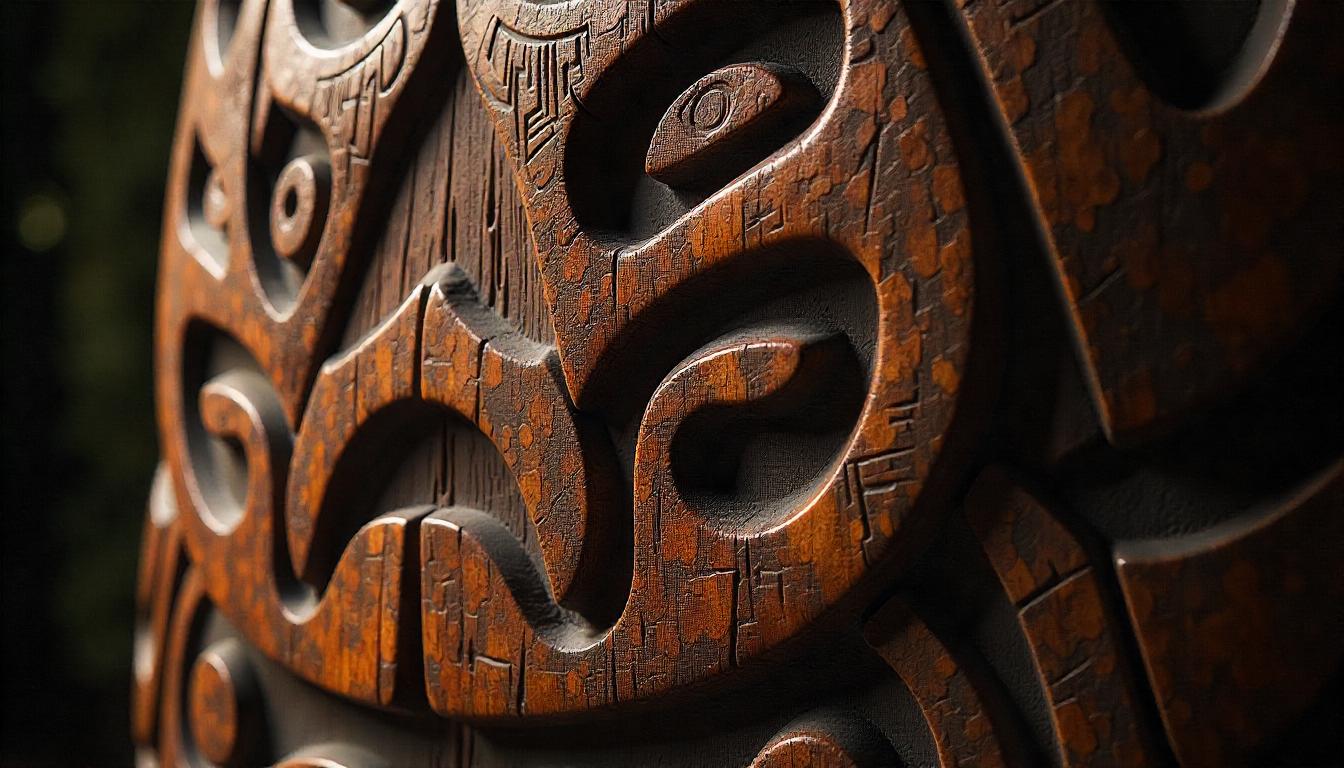


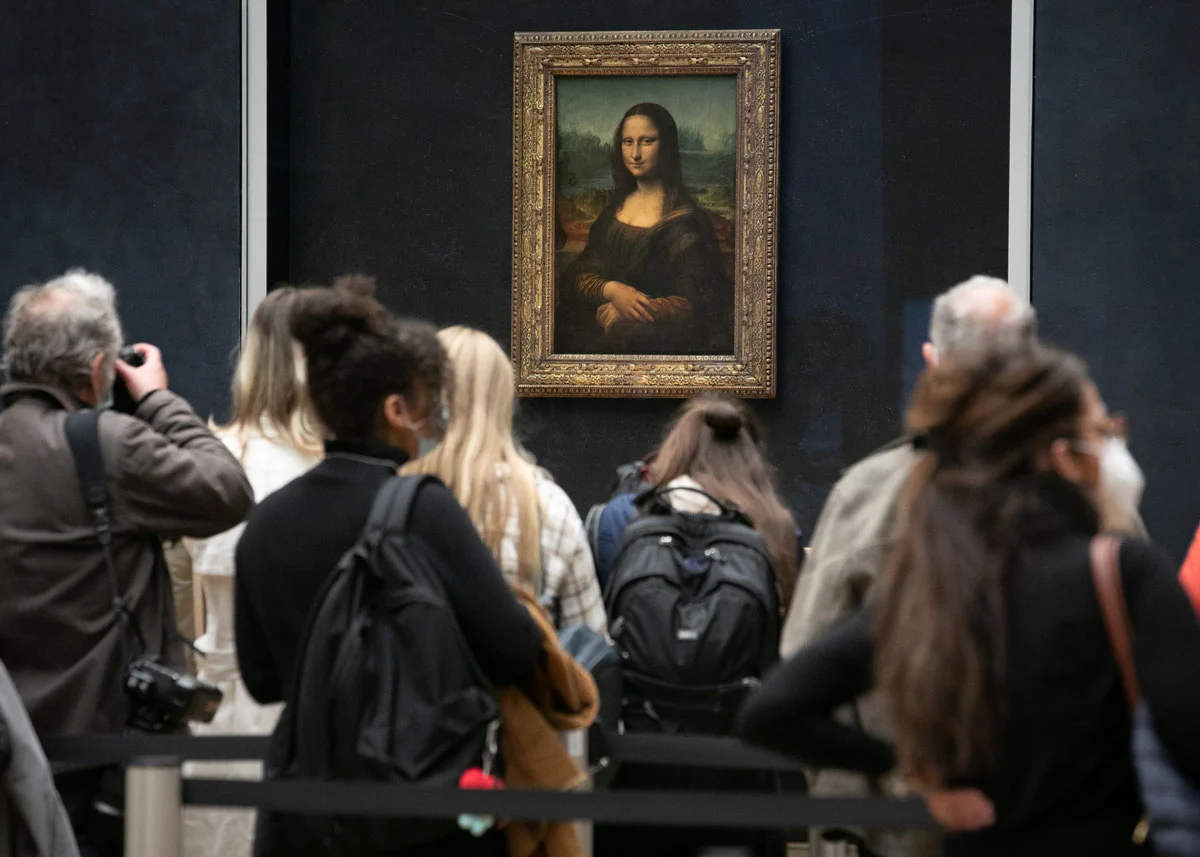

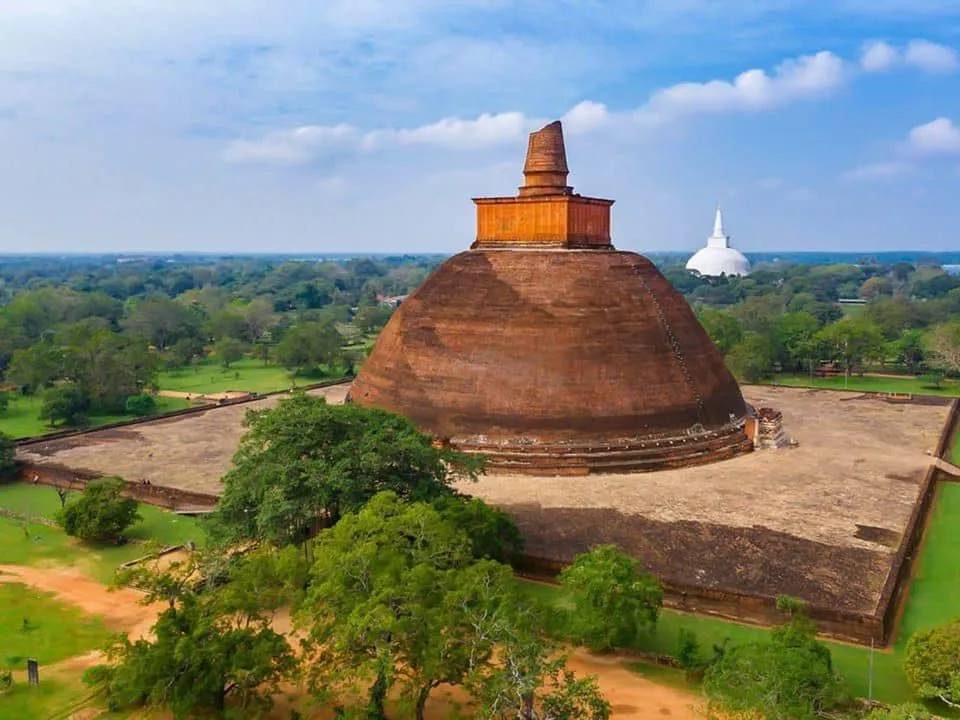
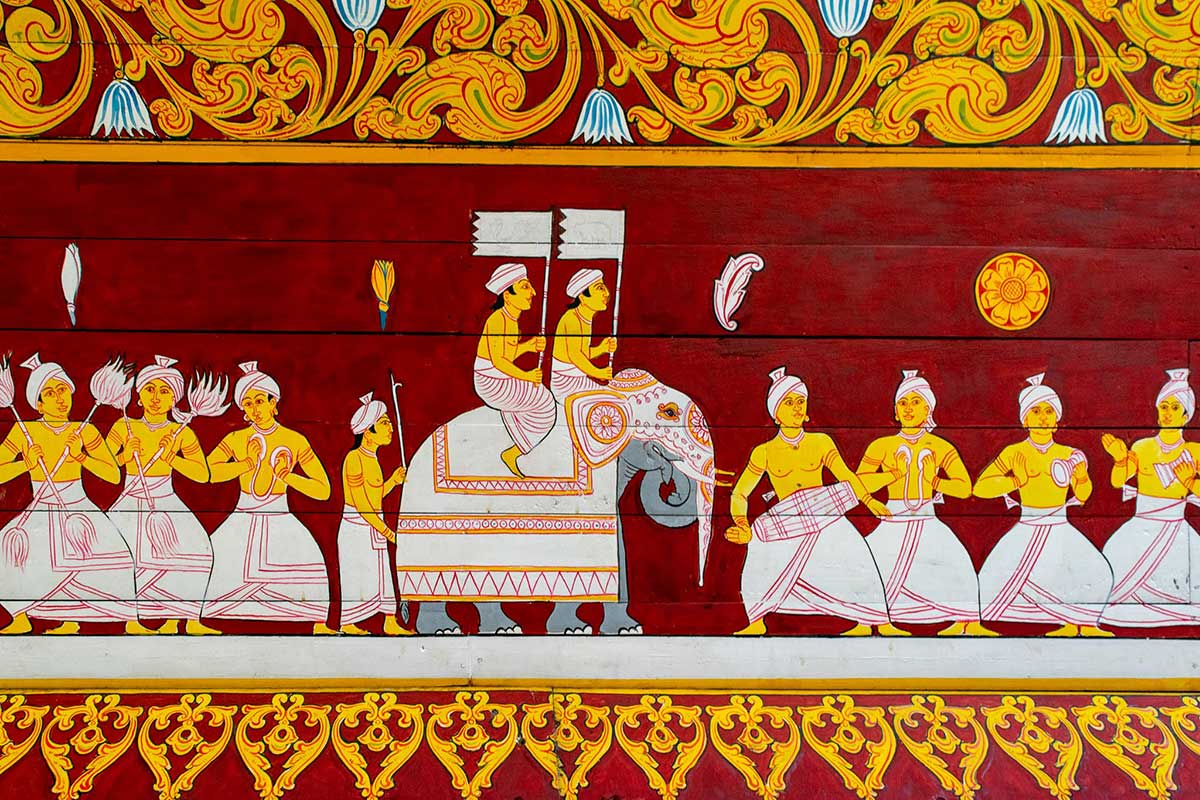
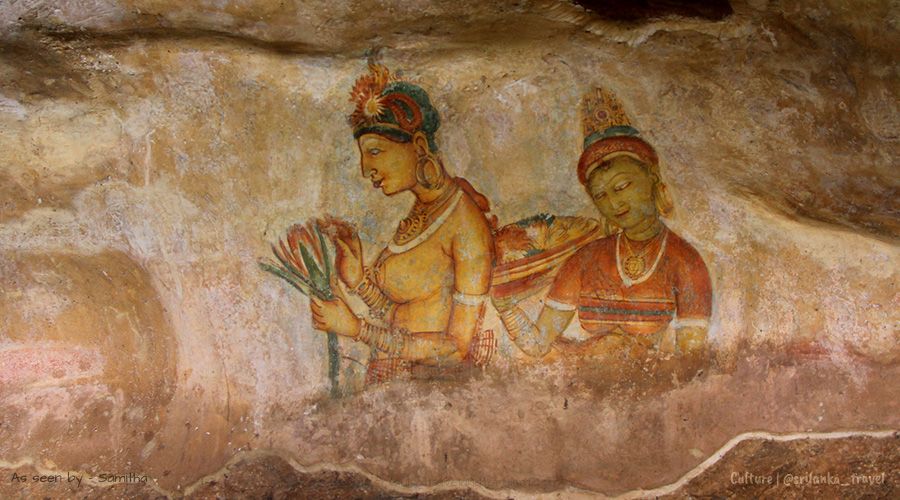
Recent Comments